
March USDA Crop Progress Report
Author: United States Department of Agriculture Contributions: Sam Anderson For the first time in two years, Montana is not in an extreme drought ! March 9th 2021 was the last

Author: United States Department of Agriculture Contributions: Sam Anderson For the first time in two years, Montana is not in an extreme drought ! March 9th 2021 was the last
The last day of March is considered a holiday in our office as the awaited USDA prospective planting numbers are released. What will the planted acres be? Will Montana farmers plant more wheat and barley? Will the Bobcats beat Kansas State in the tournament?
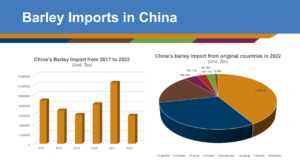
China’s beer production accounts for 22% of the global beer complex. 2.6-3.0 million metric tons of malt is consumed yearly, while in 2021 12.5 million metric tons of barley for feed and malt use was imported by China.
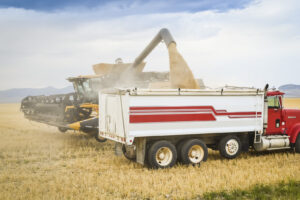
Grain Samplers drive throughout the Treasure State probing railcars, totes, trucks, and bag lots. This is a very time sensitive process as the elevator will load the product and order a sample through the State Grain Lab and need to get the products in transit to avoid costly demurrage charges.
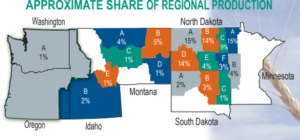
The Montana Wheat & Barley Committee collects hundreds of spring wheat samples throughout the state. Those samples get graded, flour tested and dough testing. Our international markets each year are eager for the results.
The results are separated into five distinct growing regions arranged by county. Each region has an approximate share of the total U.S production. In 2022 Montana’s regions A and B make up 9% the U.S spring wheat crop.
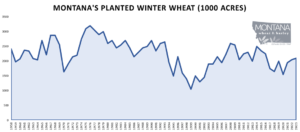
January 12th, 2023, the winter wheat seedings and grain stocks report was released. The market was anticipating a bump in US seeded acres. The report showed an 11% increase in U.S winter wheat acres over last year. 37 million acres (14.9 million hectares) are reported in the ground for 2023 crop versus 33.2 million acres (13.4 million hectares) in 2022.
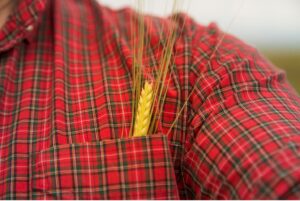
Contracting barley in Montana can be puzzling for those unfamiliar with the dynamics of this specialty crop. There are many ways to secure barley from Montana, but I want to spell out the easiest way.

Tucked away in the National Agricultural Statistics Service office in Helena Montana, current director Eric Sommer shared with me Montana agriculture statistics booklets for the 1954 crop. Called Montana Grains, wheat protein, barley and oat varieties and disposition. In 1954, John Hugo Aronson was Montana’s Governor and Albert H. Kruse was the Montana Department of Agriculture’s Commissioner.
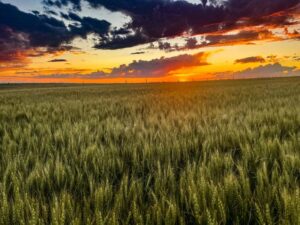
This last year has resulted in many successes for the Wheat and Barley Committee (MWBC). The mission of the MWBC is relatively simple and in my short three and a half years as a staff member I’ve been able to help in carry this mission out.
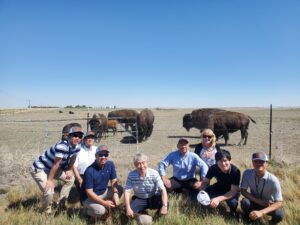
As I look back at the year and some of the achievements of Montana Wheat and Barley Committee (MWBC), a long list of memories quickly emerges. Covid severely halted trade team visits to Montana, however we certainly made up for it in 2022. The MWBC hosted teams from Japan, South Korea, Latin America, and Mexico.
Mailing Address: P.O. Box 3024
300 Park Dr. S., Suite 104
Great Falls, MT 59403-3024
Phone: (406) 761-7732
Fax: (406) 761-7851
Email: wbc@mt.gov
The Montana Wheat & Barley Committee promotes local research and develops trade markets around the world.